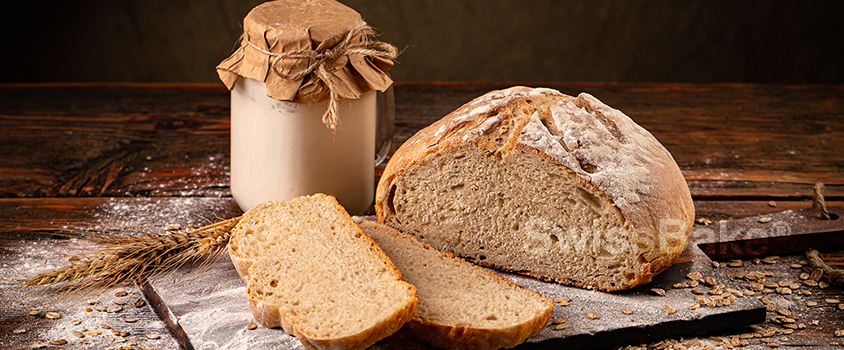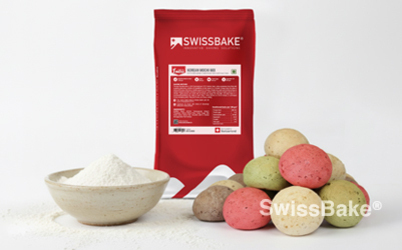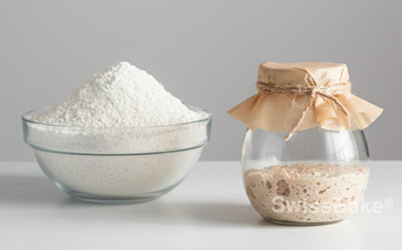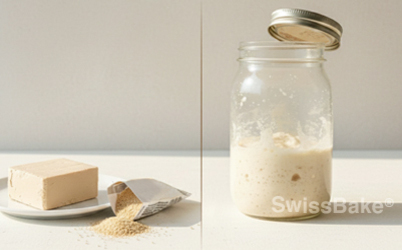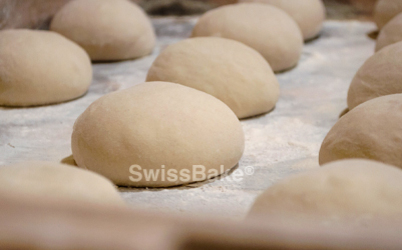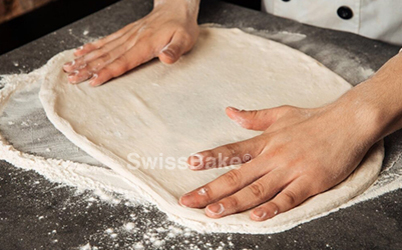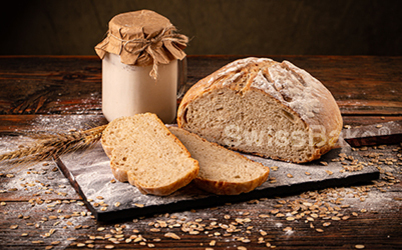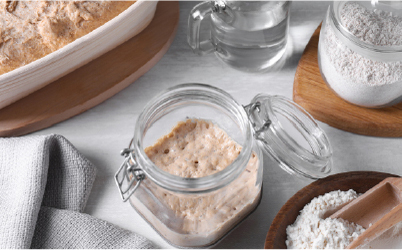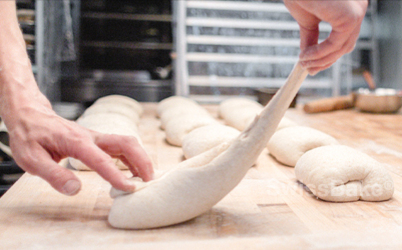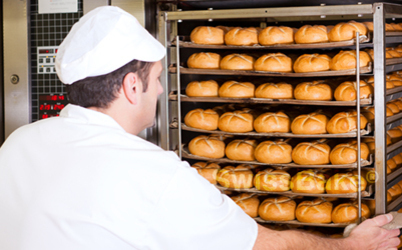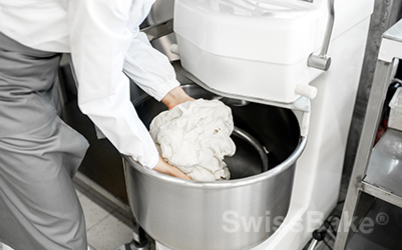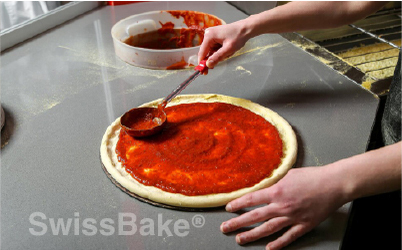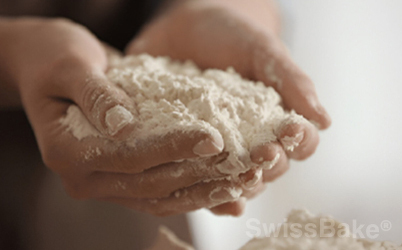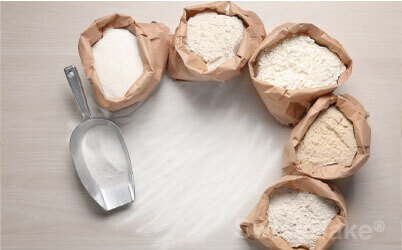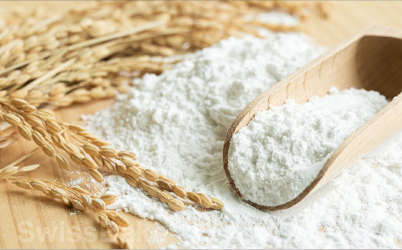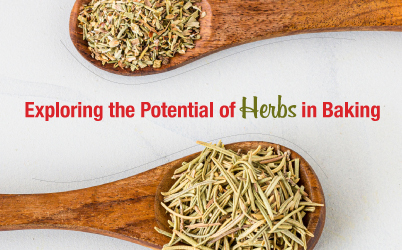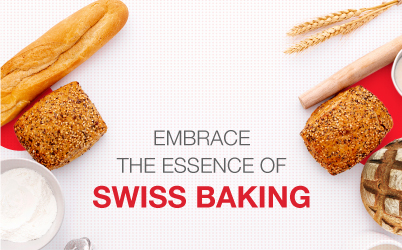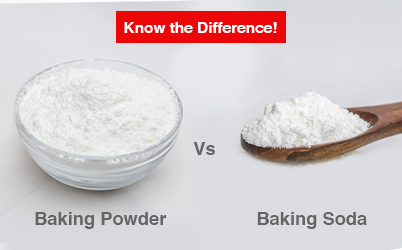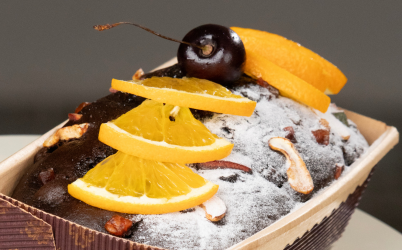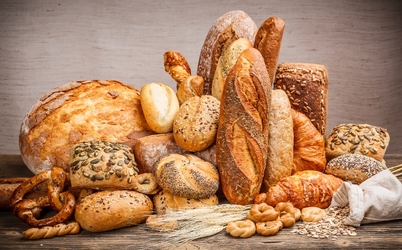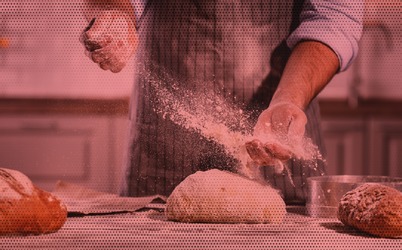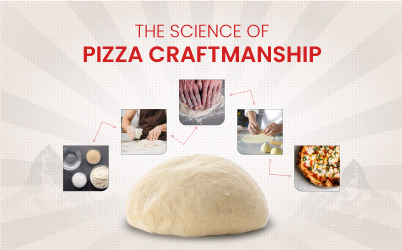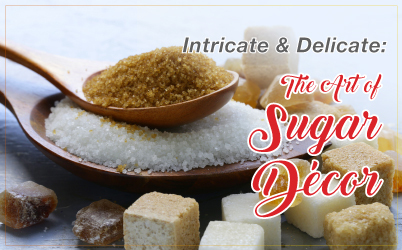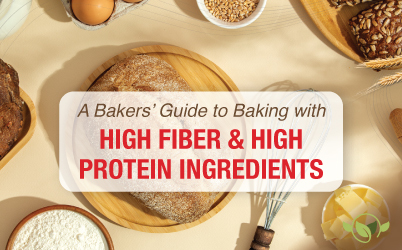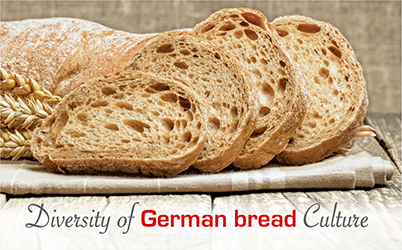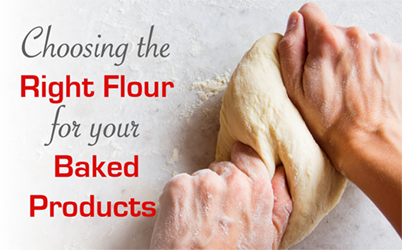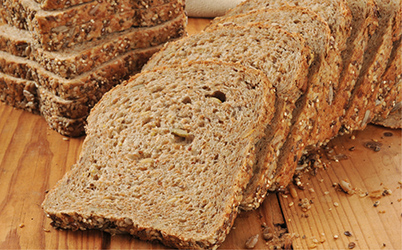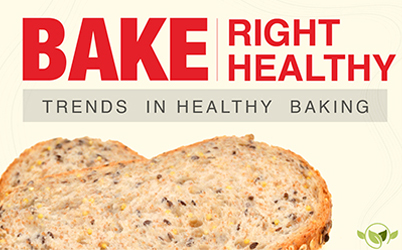Sourdough vs Yeast | Why Bakers Are Replacing or Blending?
Commercial Yeast Has Long Ruled the Baking Industry—But Sourdough Is Changing the Game
For years, commercial yeast has been the backbone of high-volume baking operations—thanks to its fast rise times, reliability, and ease of use. But in today’s evolving food landscape, sourdough is making a remarkable return. Once thought too slow or impractical, it’s now a popular choice among artisan bakers and industrial producers alike.
So what’s behind this sourdough revival? It’s a combination of shifting consumer tastes, clean-label demand, and modern innovations like le’sourdo® dehydrated sourdough powders, which make sourdough fermentation accessible—even at scale.
In this guide, we’ll look at how sourdough compares to commercial yeast, why professional bakers are rethinking their approach, and how blending the two can deliver the best of both baking worlds.
Understanding the Basics
What Is Commercial Yeast?
Commercial yeast refers to a cultivated strain of Saccharomyces cerevisiae, bred for speed and consistency. It’s available in instant, fresh, or active dry forms and is widely used across commercial and industrial bakeries.
Pros:
• Rapid proofing time (1–2 hours)
• Simple to store and apply
• Reliable, standardized results
• Suited for streamlined, high-speed production
Cons:
• Lacks depth of flavor
• Breads stale more quickly
• Limited health or digestibility benefits
This makes it a strong fit for operations focused on efficiency and output over fermentation complexity.
What Is Sourdough?
Sourdough is a natural ferment created through wild yeasts and lactic acid bacteria (LAB) working symbiotically in a flour-water culture. This combination brings complex flavors, acidity, and improved nutrition.
Key advantages of sourdough:
• Bold, tangy flavor and aroma
• Long fermentation time (6–24 hours)
• Naturally extends shelf life
• Enhances digestibility and nutritional availability
• Fits clean-label and artisan product lines
While traditional sourdough requires daily care and monitoring, le’sourdo® powders offer a ready-to-use solution—providing all the benefits without the burden of starter maintenance.
Quick Comparison: Sourdough vs Yeast
| Aspect | Commercial Yeast | Sourdough |
|---|---|---|
| Fermentation Speed | Fast (1–2 hours) | Slow (8–24 hours) |
| Microbial Diversity | Single-strain yeast | Wild yeast + LAB |
| Flavor Profile | Mild, predictable | Rich, sour, aromatic |
| Dough Texture | Firmer, consistent | Extensible, sensitive to time/temp |
| Shelf Stability | Shorter | Naturally prolonged via acidification |
| Consumer Appeal | Mass-market | Artisan, clean-label, premium |
Why Smart Bakers Use Both
Rather than replacing yeast entirely, many bakers choose to combine commercial yeast with sourdough. This hybrid approach enhances product quality while maintaining production speed.
Advantages of blending include:
• Reliable rise with yeast
• Sourdough depth in taste and aroma
• Naturally improved texture and crust
• Extended shelf life through acidification
• More flexible dough scheduling
? Application tip: Add le’sourdo® powder at 3–6% of total flour weight with a reduced amount of yeast. Great for:
• Mildly tangy burger buns
• Flavorful pizza doughs
• Frozen bakery items that need flavor stability
When to Switch Fully to Sourdough
There are certain applications where 100% sourdough fermentation offers a stronger advantage:
• Craft or specialty breads like rye, multigrain, ciabatta
• Recipes aimed at clean-label, preservative-free positioning
• Bakers with the ability to accommodate longer proof times
• Facilities with adequate retarders or fermentation control systems
By using le’sourdo® dehydrated sourdough, even fully fermented sourdough breads become easy to manage—without the hassle of a live starter.
Why Choose Dehydrated Sourdough Powders
le’sourdo® sourdough powders are designed specifically for professional bakers who want the benefits of sourdough without the complexity.
They can be used to:
• Enhance flavor in conventional yeast doughs
• Replace yeast in artisan-style or long-ferment recipes
• Improve clean-label appeal and product longevity
What you gain:
• Zero risk of starter failure
• Precise control over fermentation flavor and acid levels
• Seamless inclusion in industrial mixing and proofing systems
• Cleaner, more premium ingredient lists
Examples of ideal products:
• Soft white breads and sandwich loaves
• Buns with subtle sourness
• High-hydration breads like ciabatta
• Frozen or par-baked dough needing natural mold protection
What Consumers Expect Today
Modern consumers are ingredient-aware and label-conscious. Sourdough resonates because it brings:
• Cleaner ingredient labels—no synthetic additives
• Easier digestion, especially for gluten-sensitive customers
• Premium positioning, often perceived as handcrafted
• Naturally longer freshness, reducing food waste and returns
By adding le’sourdo®, bakeries can remove chemical mold inhibitors, satisfy evolving customer preferences, and build stronger product trust.
Conclusion: Fermentation Reimagined
While commercial yeast isn’t going anywhere, sourdough is defining the next generation of professional baking. From flavor to function, it offers an edge in a market that values authenticity, wellness, and experience.
With le’sourdo® powders, bakers finally have a tool that brings the benefits of traditional sourdough—without the time and labor normally required. Whether blended or used as a full replacement, these powders unlock better texture, richer flavor, and extended shelf life.
le’sourdo® gives you all the sourdough benefits—without the sourdough stress.
Perfect for modern production. Grounded in tradition.

